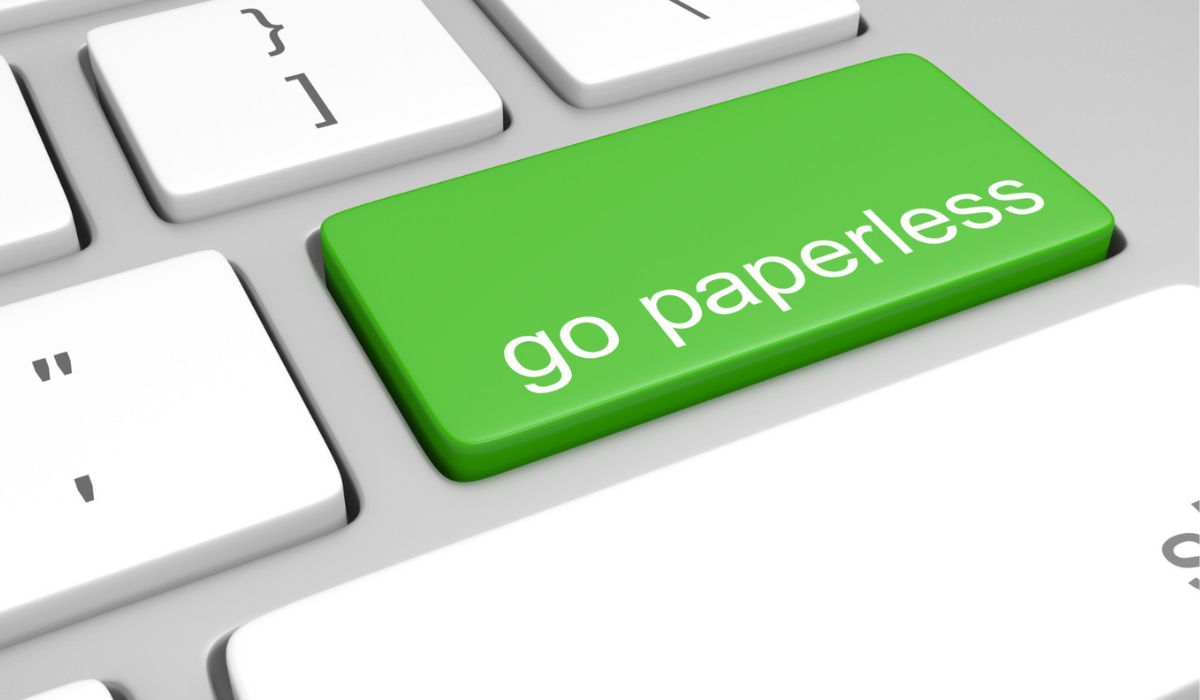The way we conduct monetary transactions is adapting to the ever-changing technological landscape of today’s society. With the promise of more efficiency, less environmental effect, and higher security, the shift to paperless pay has become a disruptive force in the financial sector. Let’s investigate the many facets of this revolutionary shift toward digital payroll.
The Genesis of Paperless Pay
Getting a tangible paycheck is being phased out in favor of more convenient digital options. Paperless pay was developed out of a want for efficiency and a need to simplify monetary operations. Companies are seeing the value in upgrading their payroll processes from manual ones to automated ones as a result of technological advancements.
Digital Payroll Platforms: A Seamless Transition
Platforms for managing payroll digitally have become increasingly important to the trend away from paper checks. These systems allow for the elimination of paper checks and cash from the payroll process. Companies can now pay their workers more quickly and safely by transferring money straight into their bank accounts.
Environmental Impact: A Greener Payroll Approach
The elimination of paper from the payroll process has a considerable environmental benefit. Deforestation and the carbon impact from paper manufacturing are reduced as a result of the decline in paper consumption. Companies are making an attempt to lessen their environmental effect by switching to paperless payroll systems like electronic pay stubs and direct transfers.
Enhanced Security Measures
Paperless pay includes its own safeguards, which is especially important given the sensitivity of financial dealings. Protection of personal and financial data is a top priority for electronic payment systems. This additional layer of protection prevents identity theft but also lessens the possibility of fraud connected to paper paychecks.
Convenience for Employees
Going paperless with payroll has several benefits for workers. Paycheck deposits no longer require a trip to the bank and a wait in line. Direct deposit allows workers convenient and immediate access to their paychecks by depositing them directly into their bank accounts. Employees also benefit from electronic pay stubs since they can easily keep tabs on their earnings and deductions.
Real-time Accessibility
The ability to obtain financial data in real time is a major perk of paperless pay. Pay stubs and other financial documents are readily available to employees, fostering open communication and enabling better financial planning. This ease of access encourages workers to take charge of their personal finances.
Cost Savings for Employers
Employers can save money while still providing employees with the benefits of paperless pay. It saves money by eliminating the need to print, mail, and file paper paychecks. Furthermore, HR departments may better deploy resources because less time is spent on manual payroll processing.
Challenges and Considerations
While the paperless pay revolution delivers various advantages, it is not without its drawbacks. The transfer to digital payroll platforms is not without its challenges, including the possibility of technical difficulties, the need for strong cybersecurity measures, and the need to overcome a learning curve. Employees who may have trouble getting their hands on modern financial technology should also be taken into mind.
The Future of Paperless Pay
The potential of paperless pay is bound to grow as technology does. Combining AI with blockchain technology has the potential to significantly strengthen data protection and simplify payroll procedures. The widespread adoption of mobile payment methods and digital wallets could provide workers with even more options for handling their personal funds.
Conclusion: Embracing a Digital Payroll Future
The change to digital payment systems is a radical departure from previous practices. The advantages are clear, ranging from higher productivity and lessened ecological footprint to tighter security. As more businesses and workers move into the digital age, the shift toward paperless payroll is more than simply a fad; it has the potential to radically alter the nature of monetary transactions in the future.
Also Read: Common Payroll Hurdles in the Hospitality Industry.
FAQs
What is paperless pay?
The term “paperless pay” is used to describe the transition away from paper paychecks and other paper-based payroll methods in favor of digital ones like direct transfers and digital pay stubs.
How does electronic payment processing work?
Electronic payroll systems are the norm for a paperless payroll system. Employers increasingly use electronic methods to deposit workers’ paychecks into their bank accounts, and pay stubs are also being sent in this manner.
To what extent do employees gain from switching to a paperless payroll system?
Paperless pay has many advantages, including easy tracking of earnings and deductions, instantaneous access to financial data, and direct payment. This method also does away with the requirement for employees to go to the bank in person to deposit their paychecks.
How do businesses profit from switching to a paperless payroll system?
Paperless pay saves money for businesses because it requires less printing and fewer deliveries. It also streamlines payroll operations, saving time for HR departments. The possibility of fraud is further diminished by increased safety measures.
Paperless payroll: Does it help the environment?
Yes, paperless pay can help the environment. In line with environmentally beneficial practices, less paper consumption means less deforestation and a smaller carbon impact from paper production.











